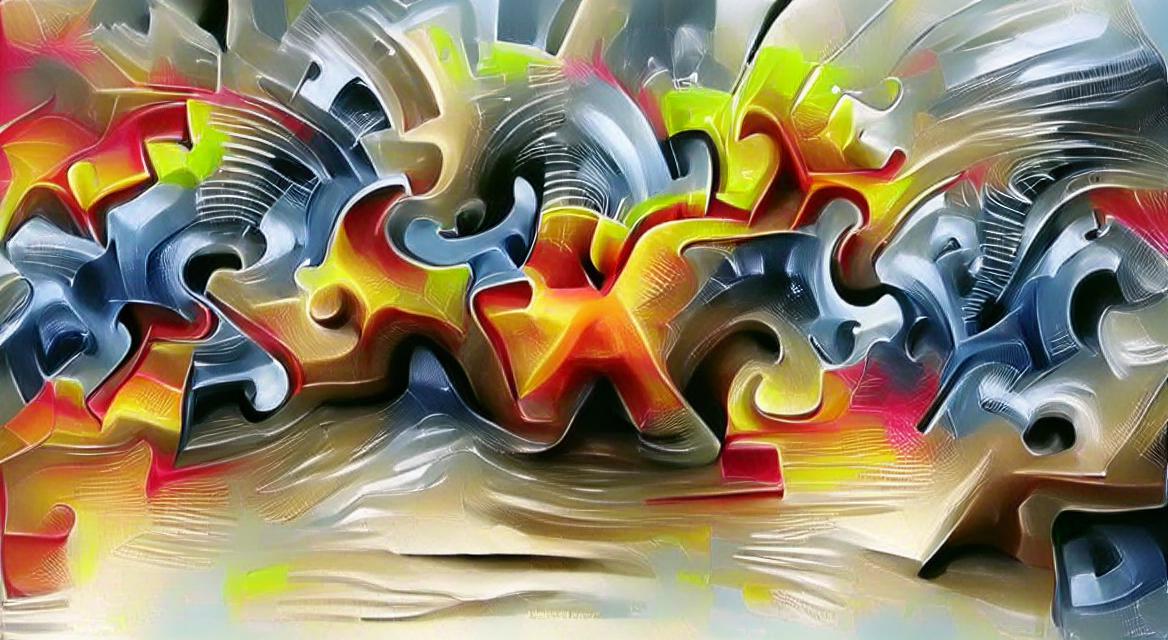Harder or Smarter: The Improvement Paradox (#21)
The Improvement Paradox: To create sustainable capability improvement, current performance first must drop. It's always better to work smarter versus harder.

Any process can be improved in one of two ways: increasing the amount of time spent working or improving the process itself — effectively, working harder or working smarter. Working harder yields measurable, short-term gains yet creates a vicious cycle. Under pressure to increase work time, staff reduce their efforts on training and process improvements, and find shortcuts to established procedures, which all work to erode capability over time. The typical reaction to a drop in productivity is to increase pressure again, asking employees to work harder still, furthering capability erosion, setting up a dangerous capability trap. The new level of work becomes the norm and further reductions in output reinforce the declining cycle.
“Working harder creates a ‘better-before-worse’ situation” - Nelson P. Repenning & John D. Sterman
Working smarter does not yield immediate improvements — it takes time to analyze, test, and implement process refinements — however it will produce higher long-term gains because it establishes a virtuous cycle. As improvements are made the time spent working can be reduced and that time reapplied to finding the next round of improvements, increasing training, or supporting experimentation. The Improvement Paradox: To create sustainable capability improvement, current performance first must drop. It’s always better to work smarter than harder. From an economical lens, an hour spent working harder yields, at best, one hour of output, where as an hour spent improving the process improves every subsequent hour of output.




